#austrian architecture
Photo







Boathouse, Fuscach, Austria - Marte. Marte Architects
https://www.marte-marte.com/
#Marte. Marte Architects#architecture#building#design#modern architecture#modern#house#house design#modern house#boathouse#cool architecture#beautiful design#minimal#water#interiors#aluminium#timber#austria#austrian architecture#cool houses
95 notes
·
View notes
Text


It is no exaggeration to call Roland Rainer the most influential architect in postwar Austria (and also beyond): as long-term professor at Akademie der bildenden Künst in Vienna, Vienna city planner from 1958 until 1963 and juror in countless competitions he was omnipresent way beyond the immediate postwar decades. But an aspect of his biography he studiously avoided to discuss was his involvement with German National Socialism although this period actually was formative for his architectural thinking and his postwar urban plannings. Rainer attended the „Deutsche Akademie für Städtebau, Reichs- und Landesplanung“ and acquired the knowledge he would apply in his quarter and urban plannings as well as numerous publications after the war. This notwithstanding several of his housing estates following the concept of a structured and dispersed city, among them „Am Mauerberg“ in Vienna or Puchenau near Linz, count among the best in postwar Austria.
In his final publication „Roland Rainer - Das Werk des Architekten 1927-2003: Vom Sessel zum Stadtraum: geplant errichtet verändert vernichtet“, published in 2004 by Springer, the architect again omits his origins but otherwise offers a broad overview of his massive oeuvre. For this Rainer dug deep in his personal archive and selected photographs (most of them by himself), plans, drawings, articles and interviews to document his work. Although the overall layout is quite dry the typologically ordered content offers deep and vivid insights into the architect’s work that as he documents was inspired as much by anonymous buildings in the Burgenland, Iran or China as it was by scientific research into dwelling units. Rainer in the first place was interested in the single-family row-house which he identified as the ideal, most compact and rational structure.
Although the book by its very nature doesn’t offer a critical evaluation of Roland Rainer’s oeuvre it nonetheless is a great point of departure for critical discussions of individual projects and plannings.
#roland rainer#monograph#architecture#austria#architecture book#architectural history#book#austrian architecture
38 notes
·
View notes
Photo
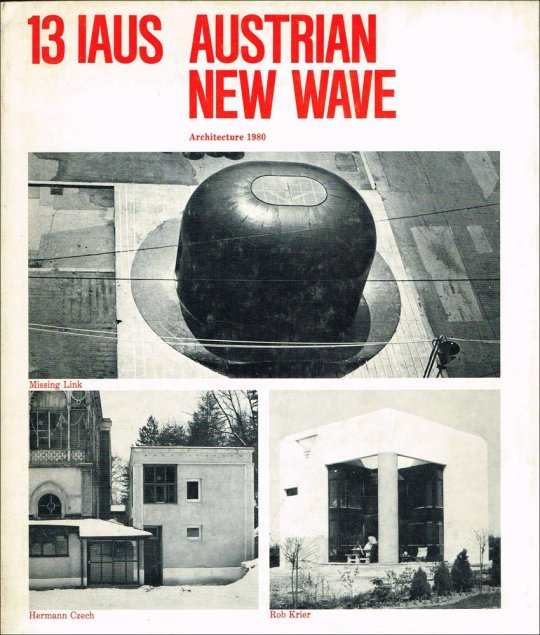
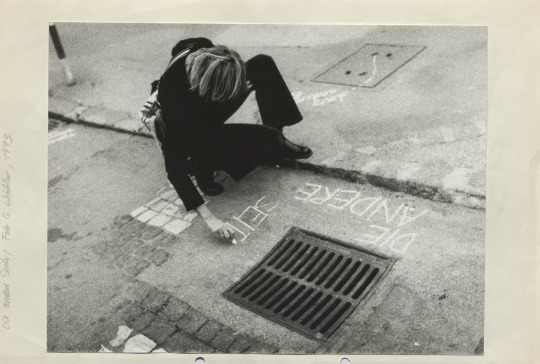
‘A NEW WAVE OF AUSTRIAN ARCHITECTURE’
HG. KENNETH FRAMPTON
- Missing Link @ MAK
#missing link#austrian architecture#mak#hermann czech#rob krier#austrian new wave#Adolf Krischanitz#Otto Kapfinger#Angela Hareiter#vienna#exhibition#architecture
27 notes
·
View notes
Text

HAAS HAUS, VIENNA - HANS HOLLEIN
#architecture#hans hollein#postmodern architecture#vienna#postmodern#haas haus#photography#explore#austria#90s architecture#architects#details#modern architecture#austrian architecture#design
0 notes
Photo
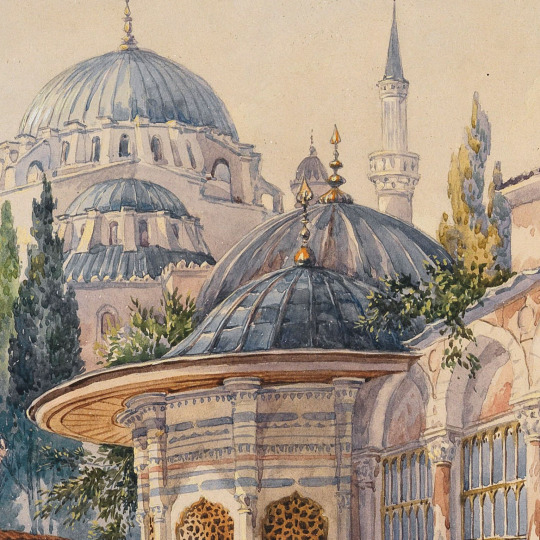

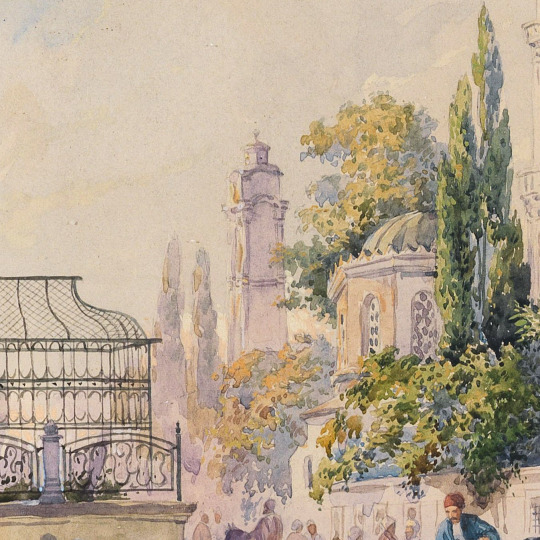
The Sehzade Mosque in Laleli, Istanbul (detail), c. 1915. Ludwig Hans Fischer
#The Sehzade Mosque in Laleli Istanbul#art#Ludwig Hans Fischer#Austrian artist#classicism#veduta#architecture#Istanbul#Turkey#artedit#art detail
7K notes
·
View notes
Text

Karlskirche, Vienna, Austria.
#austria#österreich#vienna#wien#vienna austria#austrian#church#monument#karlskirche#beauty#culture#catholic#christianity#winter#christmas#christmas market#europe#european#architecture#baroque#baroque art#style#art#travel#trip#canon#50mm#beautiful#heritage#church photography
449 notes
·
View notes
Text
For #MosaicMonday + #NationalMothWeek:
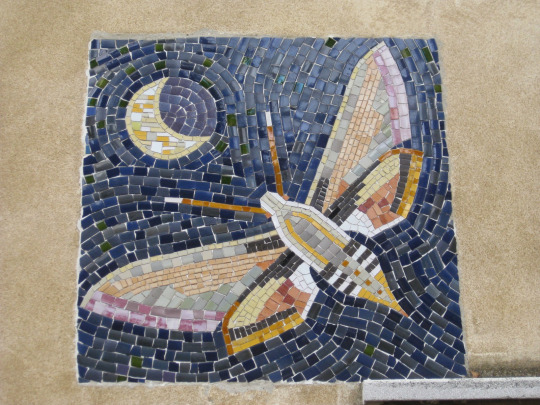

House mosaics with nocturnal moth designs, 1230 Canavesegasse 6-8 Stg 5 & 6, Vienna, Austria. c. 1950.
#animals in art#mosaic#moth#Lepiodoptera in art#modern art#1950s#20th century art#architectural art#street art#European art#Austrian art#Mosaic Monday#National Moth Week#animal holiday
345 notes
·
View notes
Text
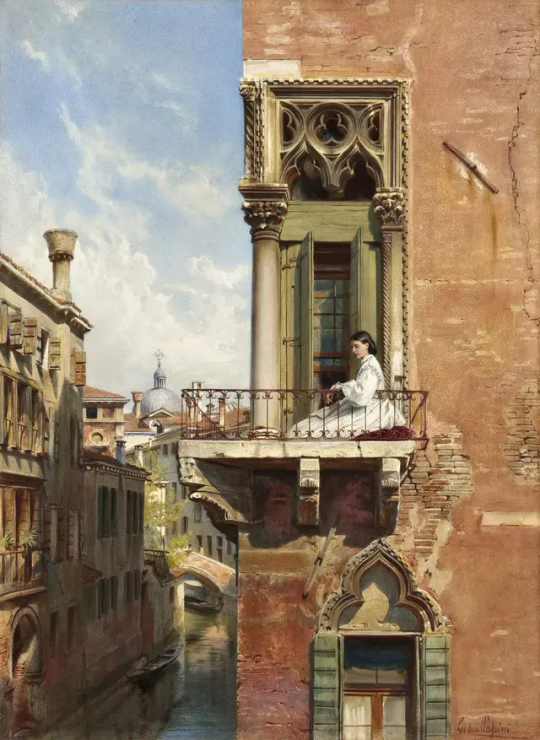
Ludwig Passini (Austrian, 1832-1903) • Anna Passini on the balcony of Palazzo Priuli, Venice • c. 1866 • Aquarelle on paper
#art#painting#fine art#art history#ludwig passini#austrian artist#venice#architectural painting#figurative painting#academicism#art & beauty#art appreciation#art blogs on tumblr#pagan sphinx art blog#art lovers on tumblr#aquarelle#watercolor painting
58 notes
·
View notes
Text

Il Redentore , Venice - Eduard Angeli , 2013.
Austrian, b. 1942 -
Pastel on canvas , 100 x 100 cm.
94 notes
·
View notes
Text

Walter Schmögner (Austrian, b. 1943), "Mezzanine", 2011
#Walter Schmögner#art#drawing#architectural drawing#work on paper#austrian art#contemporary art#21th century art#21th century#mezzanine
110 notes
·
View notes
Text

Urania (Muse of Astronomy)
Gabriel von Max 🇦🇹 (1840–1915)
#dark academia#light academia#classical#academia aesthetic#escapism#academia#books and libraries#classic literature#books#architecture#art#painting#Urania (Muse of Astronomy)#artist#painter#Gabriel von Max#austrian#1800s#1900s#royal core#cottage core#aesthetic#academic#artistic#mood#vibe#beautiful#tumblr
57 notes
·
View notes
Text
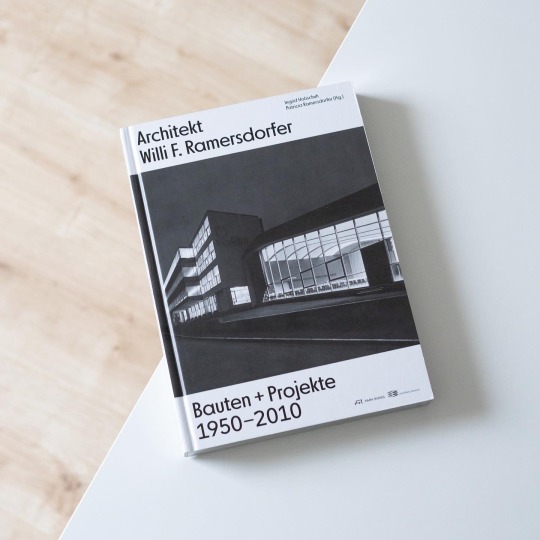
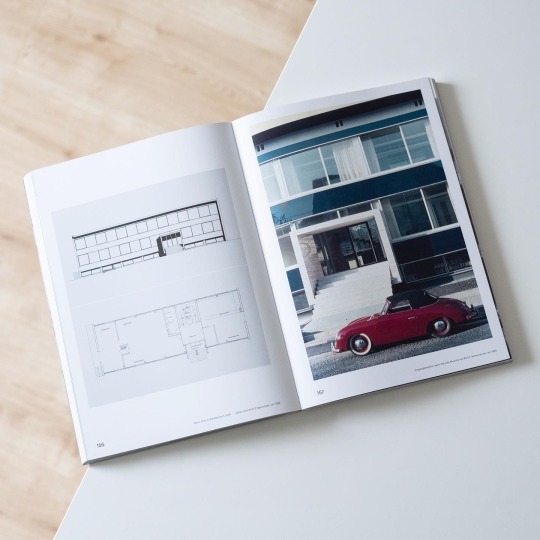
Although it is the second-smallest state of Austria, Vorarlberg has a high density of stellar architecture that, among others, harks back to postwar pioneers like Willi F. Ramersdorfer (1922-2010) and German Meusburger whose collaboration established in 1951 bore a great number of interesting buildings. Ramersdorfer, a young architect who had studied under Sep Ruf at Akademie für Bildende Künste Nürnberg, thanks to Meusburger’s well-established networks from a young age was involved in a large number of commissions ranging from industrial to school and apartment buildings as well as churches. An early focus of the office also lay on the development of SOS children’s villages in Austria but also Africa and Asia. After the death of German Meusburger in 1973 Ramersdorfer continued the office as sole owner focusing on hotels, single-family houses and commercial buildings.
Patricia Ramersdorfer, the architect’s daughter who to this day continues the Ramersdorfer family business, in 2018 co-edited the first comprehensive publication on her father, published by Park Books, a lavishly illustrated and insightful book that effectively showcases the undeniable qualities of Willi Ramersdorfer’s architecture. In the first part of the book several authors elucidate the architect’s career path as well as the different focal points of his work. As regards his hotels carried out from the 1970s onwards Bernhard Tschofen doesn’t withhold a certain criticism in relation to the wooden exuberance of the buildings but also emphasizes the qualities hidden behind the rustic first impression.
The volume’s second part then contains a selection of twelve buildings, profusely illustrated with photos and plans, as well as a complete work catalogue. Together with the preposed personal introduction by Patricia Ramersdorfer the two aforementioned sections provide a highly readable, in-depth overview of the work of key protagonist of modern architecture in Vorarlberg. Warmly recommended!
#willi f. ramersdorfer#monograph#architecture#austria#architecture book#park books#austrian architecture#book
32 notes
·
View notes
Text

KARL SCHWANZER
BMW OFFICES, 1973
München, Germany
Image © Bundesarchiv B 145 Bild-F062779-0027
#architecture#design#architect#art#archdaily#designer#artwork#photography#juliaknz#form#monolith#karl schwanzer#austrian architect#building#munich#bmw#urban space#space#context#facade#highrise
83 notes
·
View notes
Text
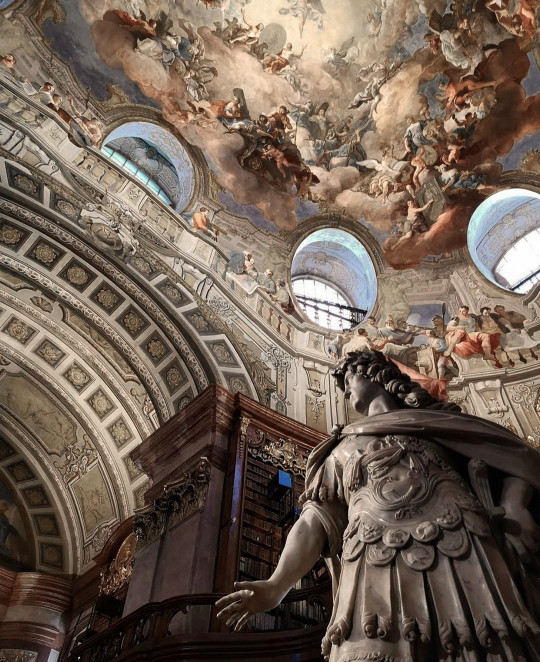
Art is the symbol of the two noblest human efforts: to construct and to refrain from destruction.
Evelyn Waugh
Österreichischen Nationalbibliothek in Vienna, Austria.
#waugh#evelyn waugh#quote#art#aesthetics#austrian national library#vienna#books#library#architecture#design#beauty
149 notes
·
View notes
Photo

A View of an Ancient City (detail), Hermann Burghart (Austrian, 1834 - 1901)
#A View of an Ancient City#Hermann Burghart#Austrian artist#capriccio#Architecture#artedit#art#art detail
4K notes
·
View notes
Text

The Roman Ruins in Schönbrunn, by Friedrich Frank
#schönbrunn#roman ruins#schönbrunn palace#ruins#roman#palace#vienna#austria#art#painting#history#europe#european#architecture#classical#friedrich frank#austrian
1K notes
·
View notes